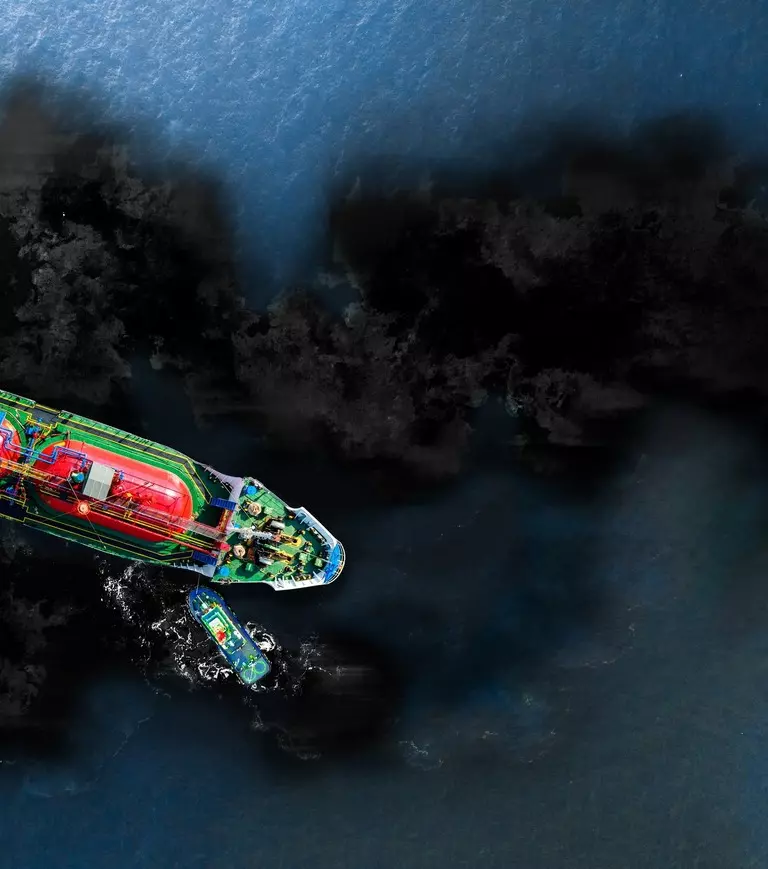
29 May 2025
Oil spills in water present a special challenge for imaging-based detection methods.
Oil spills are an unfortunate and persistent environmental hazard, threatening marine ecosystems, coastal economies, and global trade routes. Billions of metric tons of crude oil traverse the world's oceans annually, yet spills still happen due to accidents, malfunctions, natural disasters, and illegal dumping, even with rigorous safety measures in place.
Rapid response is critical for minimizing the devastating effects of oil spills, yet one of the biggest challenges responders face is accurately detecting and visualizing spills, especially in challenging light and wave conditions. This is where thermal imaging technology, particularly longwave infrared (LWIR) - is revolutionizing oil spill detection and response.

Oil spills demand immediate and sustained cleanup efforts. The longer oil lingers in the water, the harder it is to contain and remove. Implementing continuous recovery operations is essential for reducing environmental damage and economic losses. Here’s why:
Regulatory agencies and environmental organizations stress the importance of continuous monitoring and sustained cleanup operations, ensuring no spill goes undetected - and this is where LWIR thermal imaging excels.

During the Gulf oil spill in 2010, FLIR cameras allowed response crews to work around the clock, and even recover oil in total darkness.
Traditional oil spill detection methods rely on visible-light imaging, which struggles in low-light conditions and is often hindered by water reflections. Longwave infrared imaging overcomes these challenges, providing clear, high-contrast oil detection even in complete darkness. FLIR Marine’s research has identified three core advantages of LWIR imaging for oil spill response:
FLIR engineers validated LWIR imaging technology through extensive testing at Ohmsett, North America's largest oil spill response testing facility. The results confirmed that LWIR consistently delivers superior oil spill detection, even in the most challenging environments.
FLIR has developed a range of advanced thermal imaging systems that are already in use on thousands of emergency response vessels worldwide. Key products include:
These solutions empower responders with real-time imaging for detecting and containing spills effectively. By integrating LWIR technology into oil spill detection strategies, FLIR Marine is leading the charge in environmental protection and marine safety.
FLIR remains committed to advancing thermal imaging technology in the fight against oil spills. By combining rigorous research, cutting-edge imaging solutions, and real-time detection capabilities, FLIR is ensuring that oil spills are spotted faster, cleaned up more efficiently, and prevented from causing irreversible harm to marine ecosystems.
Protecting our oceans isn't just a technological challenge—it's a global responsibility, and FLIR is at the forefront of that mission.

Download our case study on detecting oil spills with FLIR Marine infrared imaging.